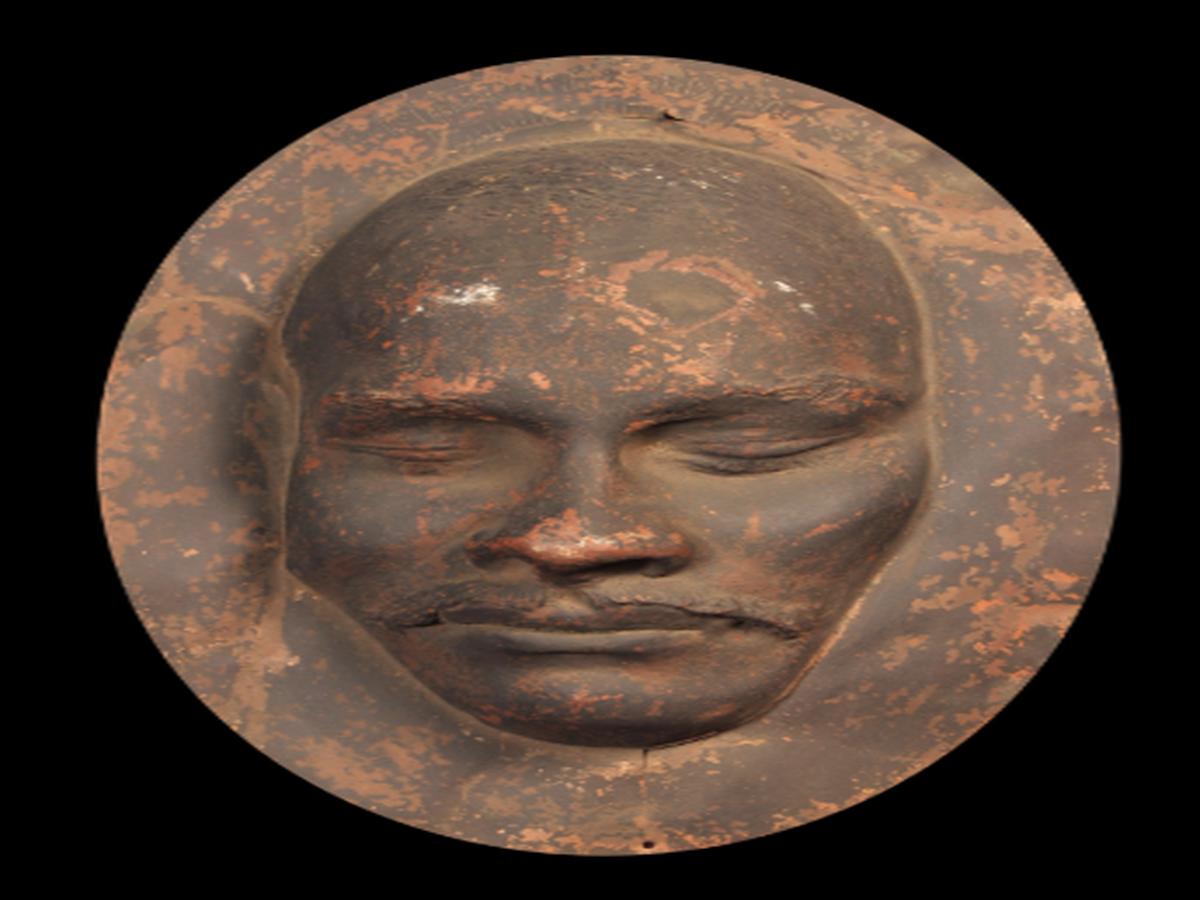State
Tribe Name
Art Type
short description
Even so, the most apprehensive object is the mask like face mould of Krishna, which hails from the northern Himalayan state of Uttarakhand where man is said to have lived, in testimony to the artistic and cultural traditions of the Pahari tribe. This oval-shaped metal casting casts Krishna with what is seen as a distinctive moustache, widely interpreted in Rajput culture as manifestations of pride and masculinity. Atop the mould, the name "Krishna" is etched alongside his location in order to firmly root the artifact in its own personal and geographical context.
Thumbnail

Filter Postion
Right
Filter Background
Off
Theme
Filter Header Image

content
Image

description
Even so, the most apprehensive object is the mask like face mould of Krishna, which hails from the northern Himalayan state of Uttarakhand where man is said to have lived, in testimony to the artistic and cultural traditions of the Pahari tribe. This oval-shaped metal casting casts Krishna with what is seen as a distinctive moustache, widely interpreted in Rajput culture as manifestations of pride and masculinity. Atop the mould, the name "Krishna" is etched alongside his location in order to firmly root the artifact in its own personal and geographical context.
The Pahari, also referred to as Thakurs, are a principal warrior- and land-holding community of the hill areas of Uttarakhand and Himachal Pradesh. For long, they have been associated with the rule and security of hilly territories. The tribe develops martial traditions alongside cultural submergence to the local arts, religious practices, and heritage holding. The face moulds like these were probably used to remember esteemed members of the community, meant to signify the honor and remembrance associated with status in society. The imprint of a moustache presents individuality as well as realism, mirroring the normative ideals of masculinity in this tribe. These casts might have gained some ritualistic or memorial significance, perhaps displayed in household altars or spaces as a form of ancestral devotion. The intricate craftsmanship and personal inscription define a cultural conscience of memory and being and artistry. This face mould not only petrifies an individual but also narrates the larger Pahari value and legacy story.
The Pahari, also referred to as Thakurs, are a principal warrior- and land-holding community of the hill areas of Uttarakhand and Himachal Pradesh. For long, they have been associated with the rule and security of hilly territories. The tribe develops martial traditions alongside cultural submergence to the local arts, religious practices, and heritage holding. The face moulds like these were probably used to remember esteemed members of the community, meant to signify the honor and remembrance associated with status in society. The imprint of a moustache presents individuality as well as realism, mirroring the normative ideals of masculinity in this tribe. These casts might have gained some ritualistic or memorial significance, perhaps displayed in household altars or spaces as a form of ancestral devotion. The intricate craftsmanship and personal inscription define a cultural conscience of memory and being and artistry. This face mould not only petrifies an individual but also narrates the larger Pahari value and legacy story.
Image Mode
landscape
promoted
On
Verified
Off
